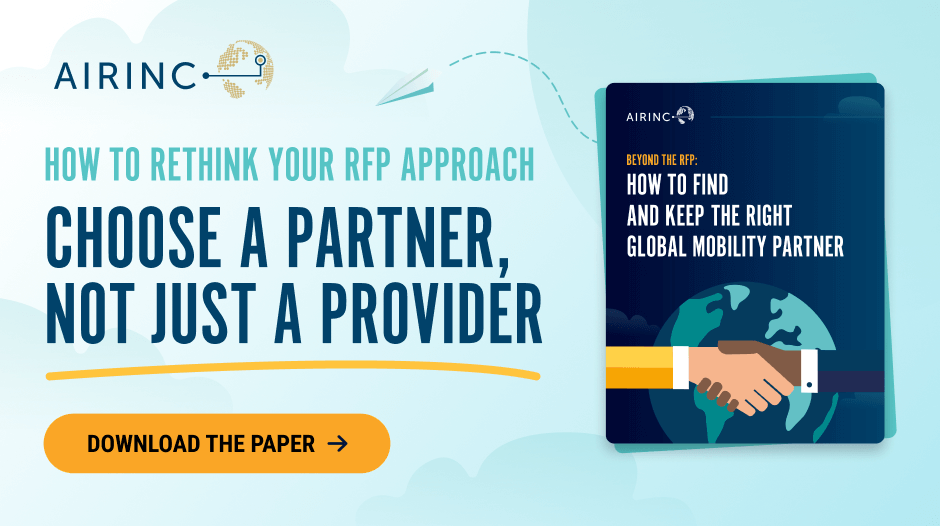When it comes to global mobility, the provider you choose shapes more than just processes. It influences your employee experience, internal team efficiency, and long-term program success.
Let’s face it, the default approach is often the practical one: ask your peers who they use, recycle an old RFP, or let procurement take the lead. And in a busy world, that can feel like the safest, easiest path forward.
At AIRINC, we believe there’s a better way.
Beyond Price and Platforms
Selecting a global mobility partner isn’t just about price or tools; it’s a relationship decision. And like any relationship, long-term success depends on compatibility, communication, and shared goals.
But not everyone starts the process that way. Some organizations may feel pressure to move quickly or simply go with providers their peers recommend. Others rely heavily on generic templates or previously used RFPs that may not reflect the current needs of their team, mobility program, or business strategy.
As one client recently told us, “We just chose from the shortlist Procurement gave us. It was efficient, but to be honest, we were never really aligned.”
And that’s the risk: excellent providers can still be a mismatch if their service model, communication style, or innovation mindset doesn’t align with yours. A provider may offer strong capabilities, but still not be the right fit for your culture, internal dynamics, or strategic goals.
The Case for Looking Inward First
One of the most overlooked parts of the RFP process happens before the first question is written: introspection.
Before you start evaluating providers, you need clarity on what you need:
- What is your team’s current capacity?
- What pain points are you trying to solve?
- What would a successful relationship feel like: both day to day and year over year?
- What has frustrated you with past providers?
Too often, RFPs emphasize employee experience (and rightly so!) but overlook another critical relationship: the one between the provider and your internal global mobility team. That partnership is key to program success, yet it rarely gets the spotlight it deserves.
You’re not just outsourcing tasks; you are extending your team. And that means you need more than transactional delivery. You need collaboration, responsiveness, and trust.
By clearly defining the role you want your provider to play and what success looks like for both your people and your team, you’ll be in a much better position to evaluate providers meaningfully.
In our work, one thing clients consistently respond positively to is using a short “fit profile” checklist, not as a rigid scorecard, but as a tool to compare how each provider’s delivery style, communication, and values stack up against the team’s priorities.
Don’t Skip Stakeholder Alignment
We recommend kicking off your selection process with a stakeholder alignment session. A facilitated conversation across mobility, adjacent functions, and procurement. This isn’t just a box to check; it’s an opportunity to surface hidden priorities, align on goals, and make sure your RFP reflects what matters most.
It also helps you uncover what we call “fit factors”, those cultural and operational nuances that determine whether a provider will thrive in your environment.
Cultural Fit Isn’t a Soft Factor
Cultural alignment is sometimes seen as a nice-to-have, but in our experience, it’s essential. The best partnerships happen when both sides share an understanding of how decisions get made, how communication flows, and how challenges are handled.
It’s not just about whether the provider can do the work. It’s about how they’ll do it in your world.
Final Thought
With the right approach, the RFP process becomes more than a task; It becomes collaborative, purposeful, and energizing. It’s not just a series of templates and checklists. It’s a chance to reflect on what your organization truly needs, define the role you want a provider to play, and bring your internal stakeholders together around a shared vision for success. When you start by understanding your priorities and aligning your internal team, the sourcing process becomes more about building a partnership that fits your culture, goals, and team dynamic.
Coming up next on AIRSHARE: We’ll dive into why templated RFPs fall short and how tailored questions can uncover real differentiation. Spoiler: it’s not about how long the spreadsheet is. It’s about how well it reflects your needs.
Finding the right provider starts by knowing what kind of partnership you need.
If you're ready to rethink your approach to selecting a mobility provider, check out our new paper: Beyond the RFP: How to Find and Keep the Right Global Mobility Partner.
Looking for support now? Our RFP Consulting Solution Sheet shows how AIRINC can help, whether you need end-to-end guidance or just help in one area.




%20(9)-1.png)

